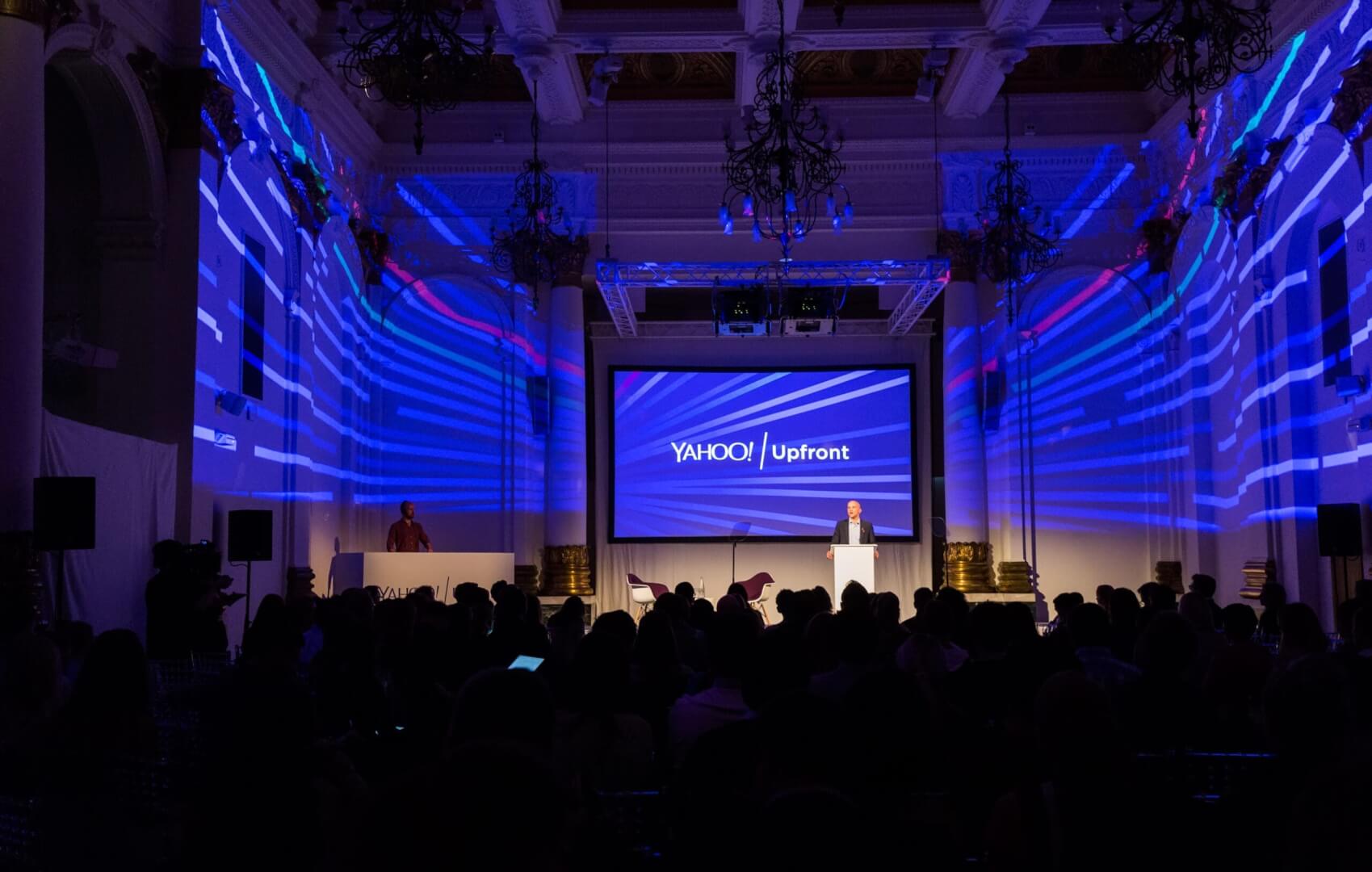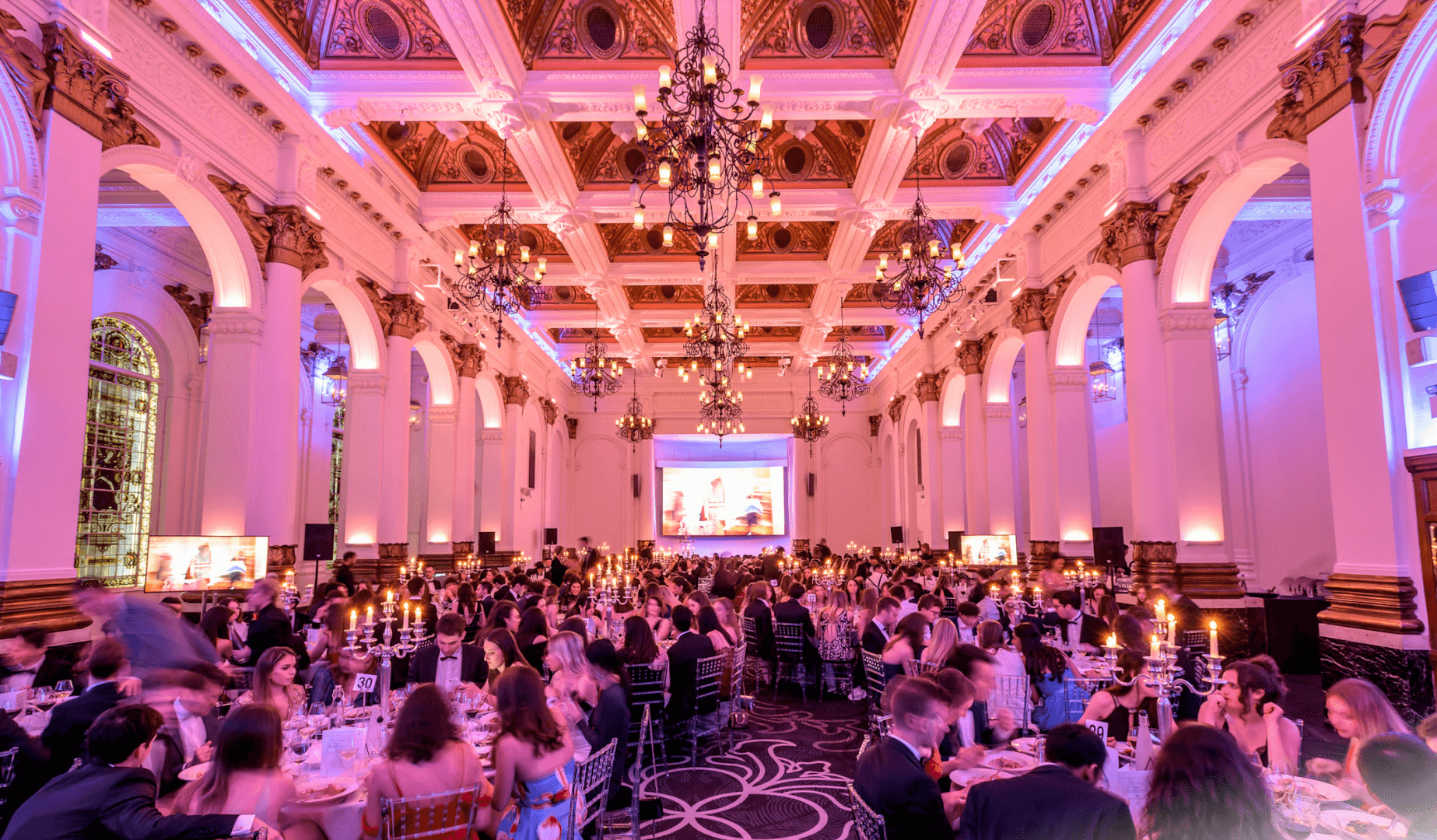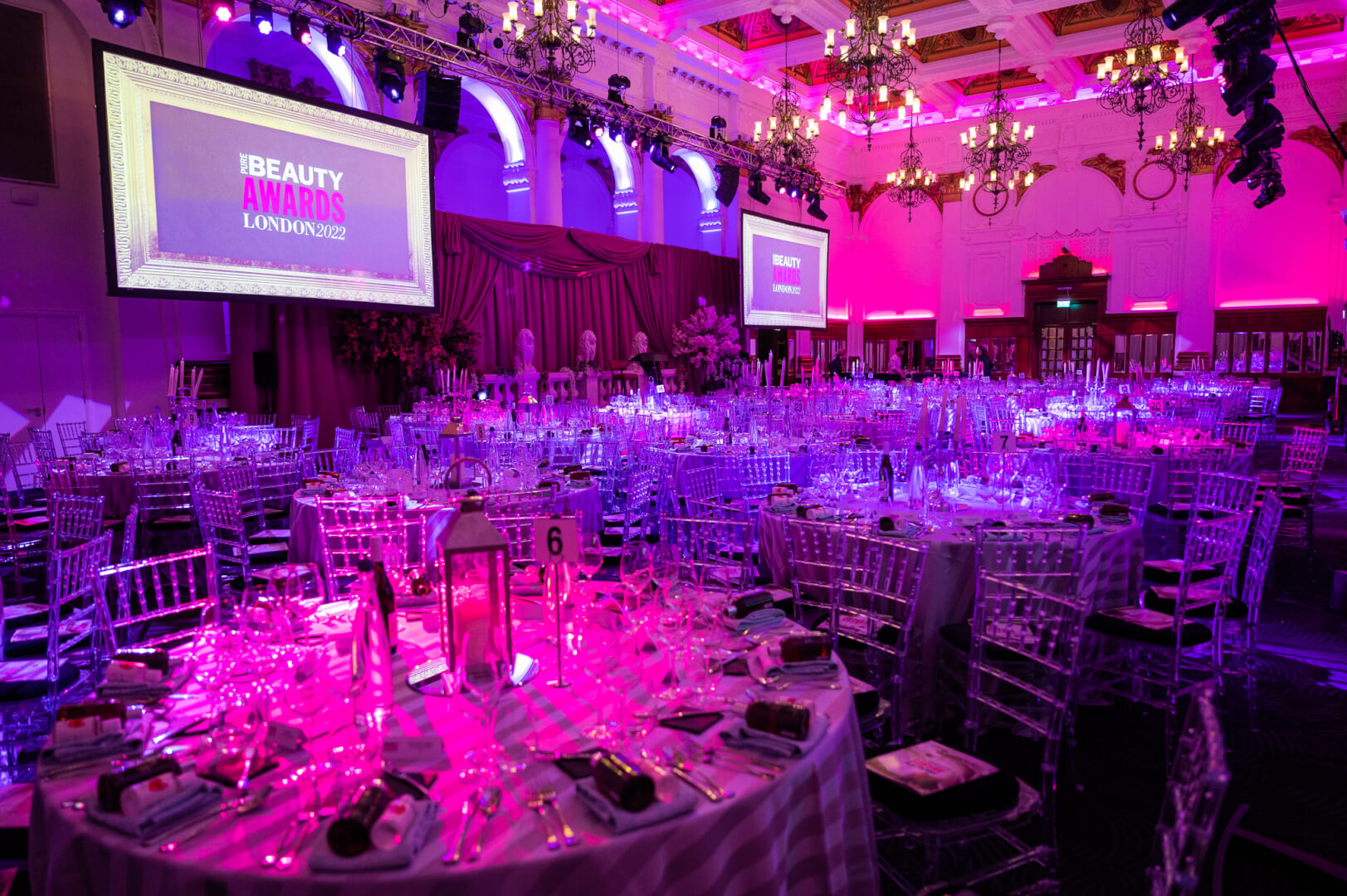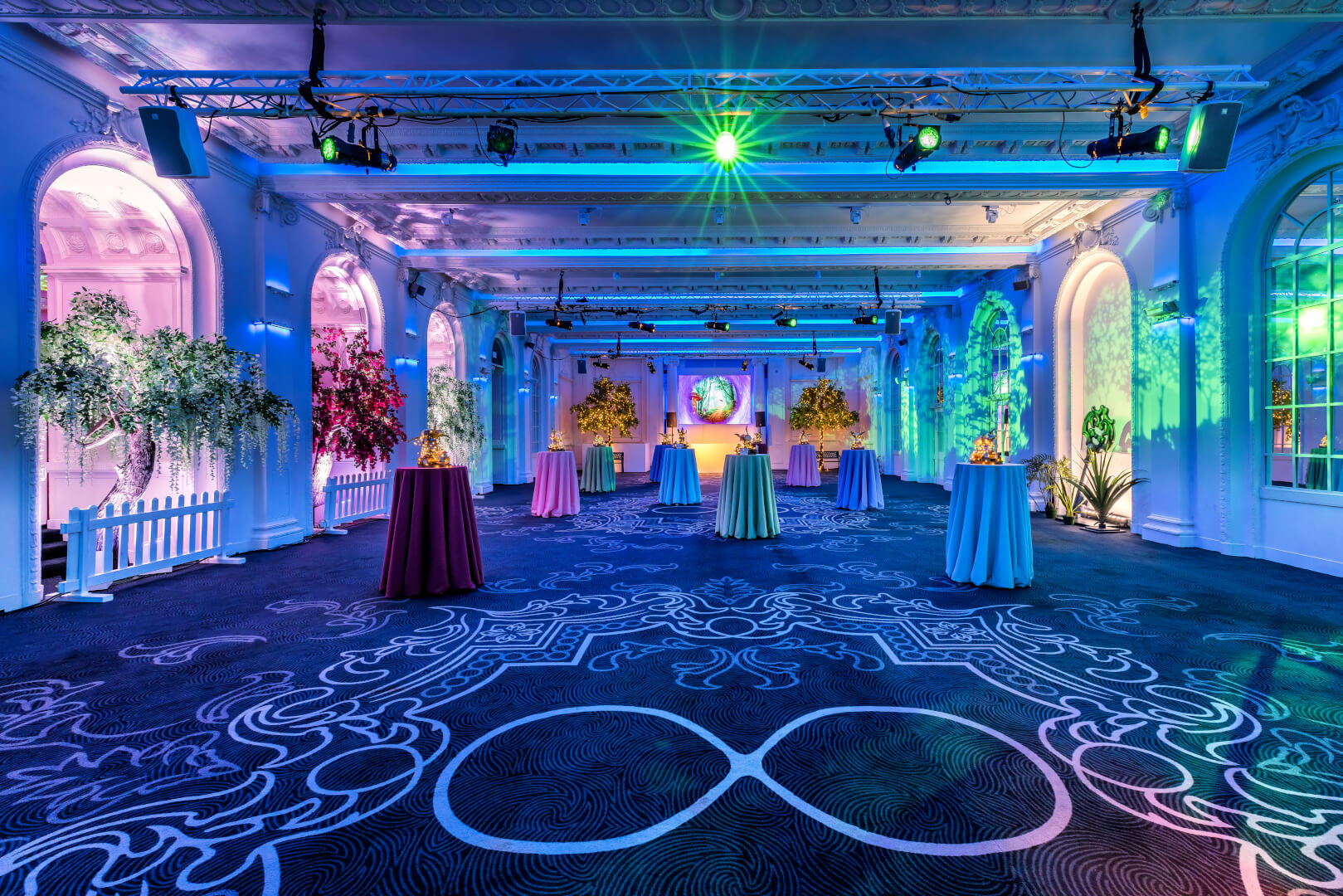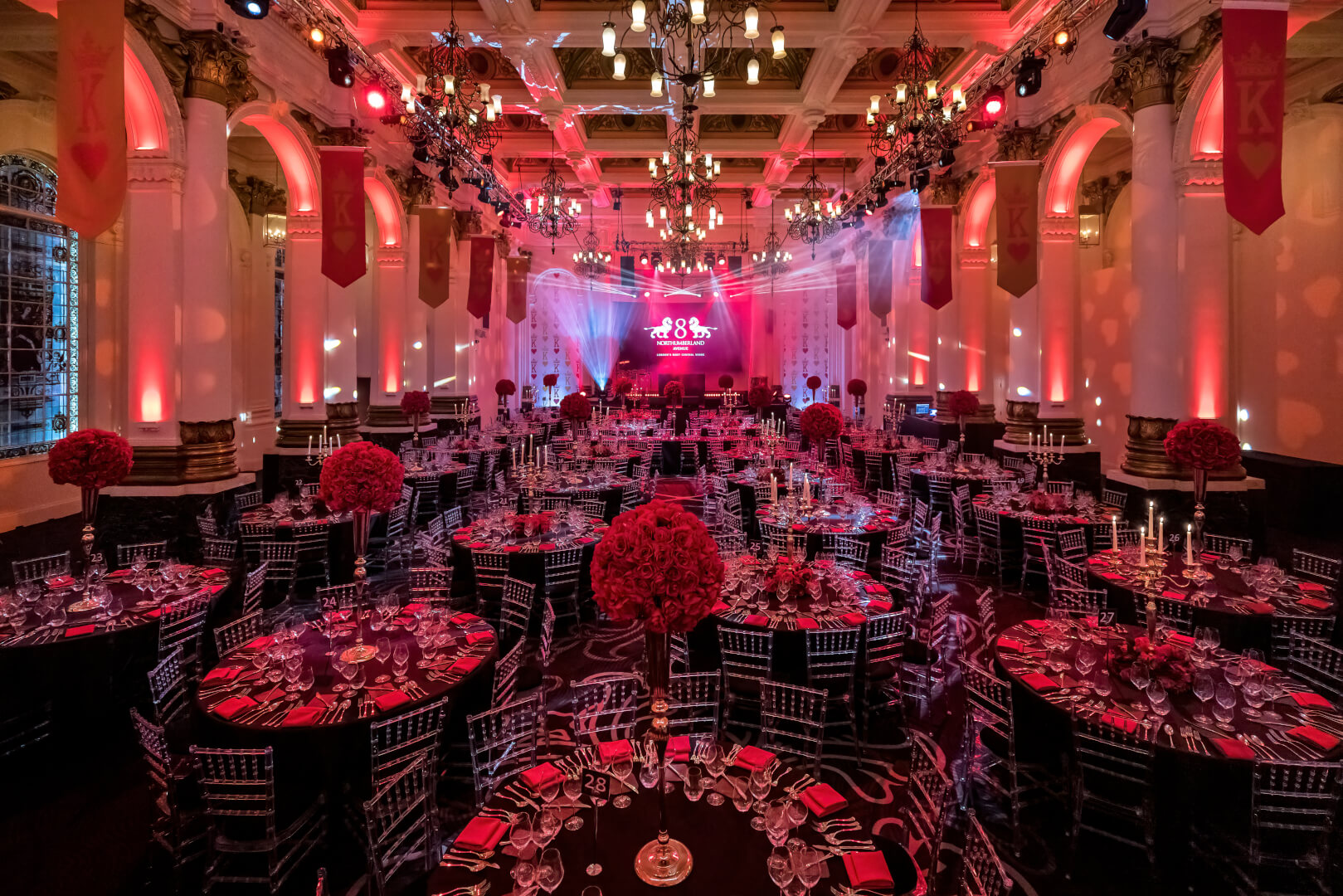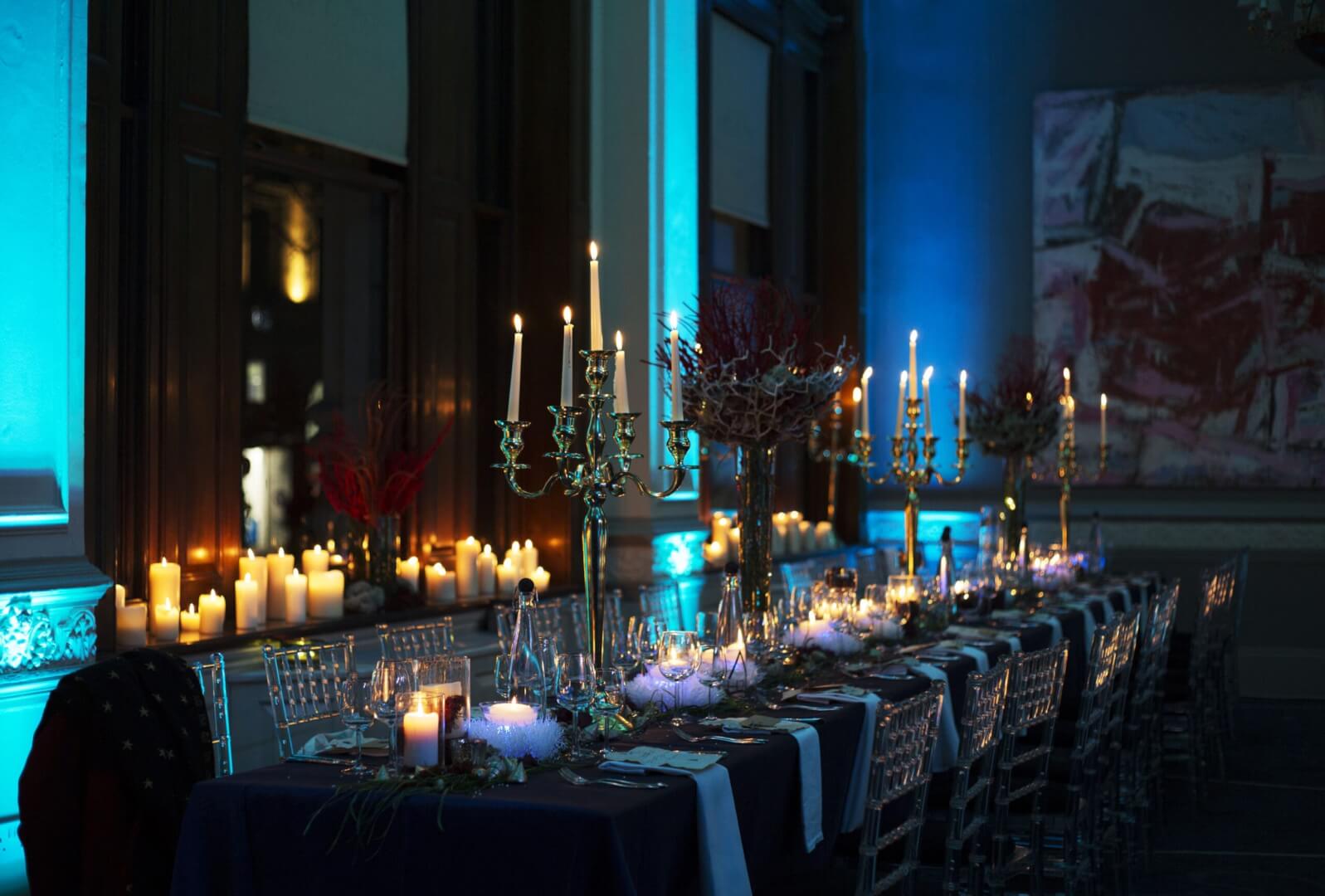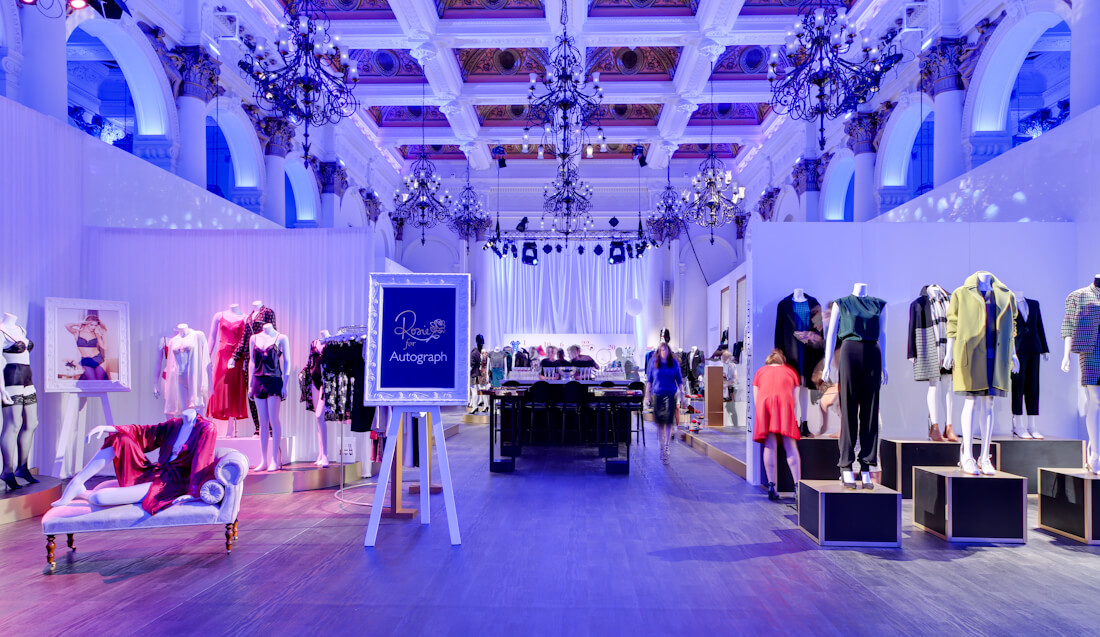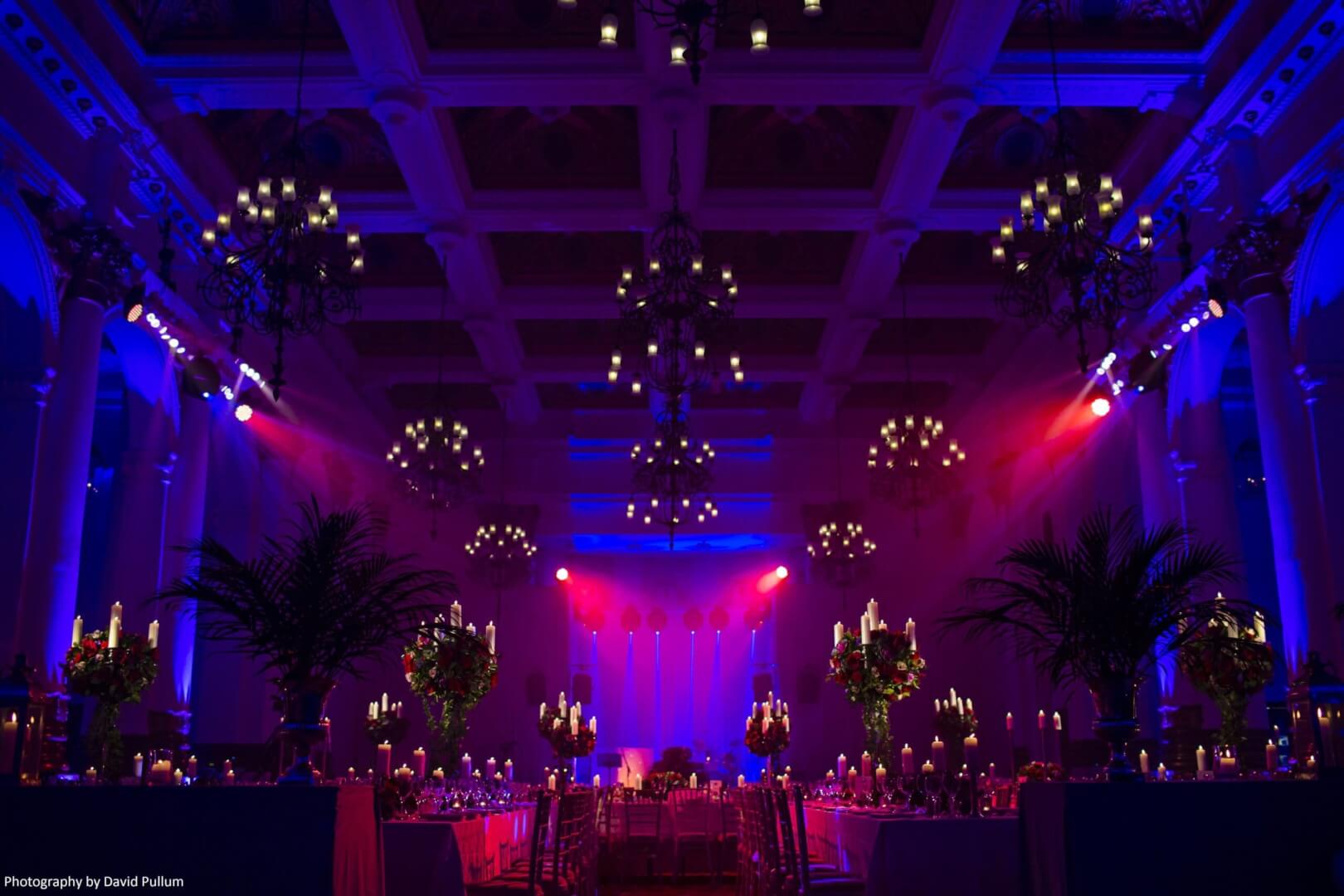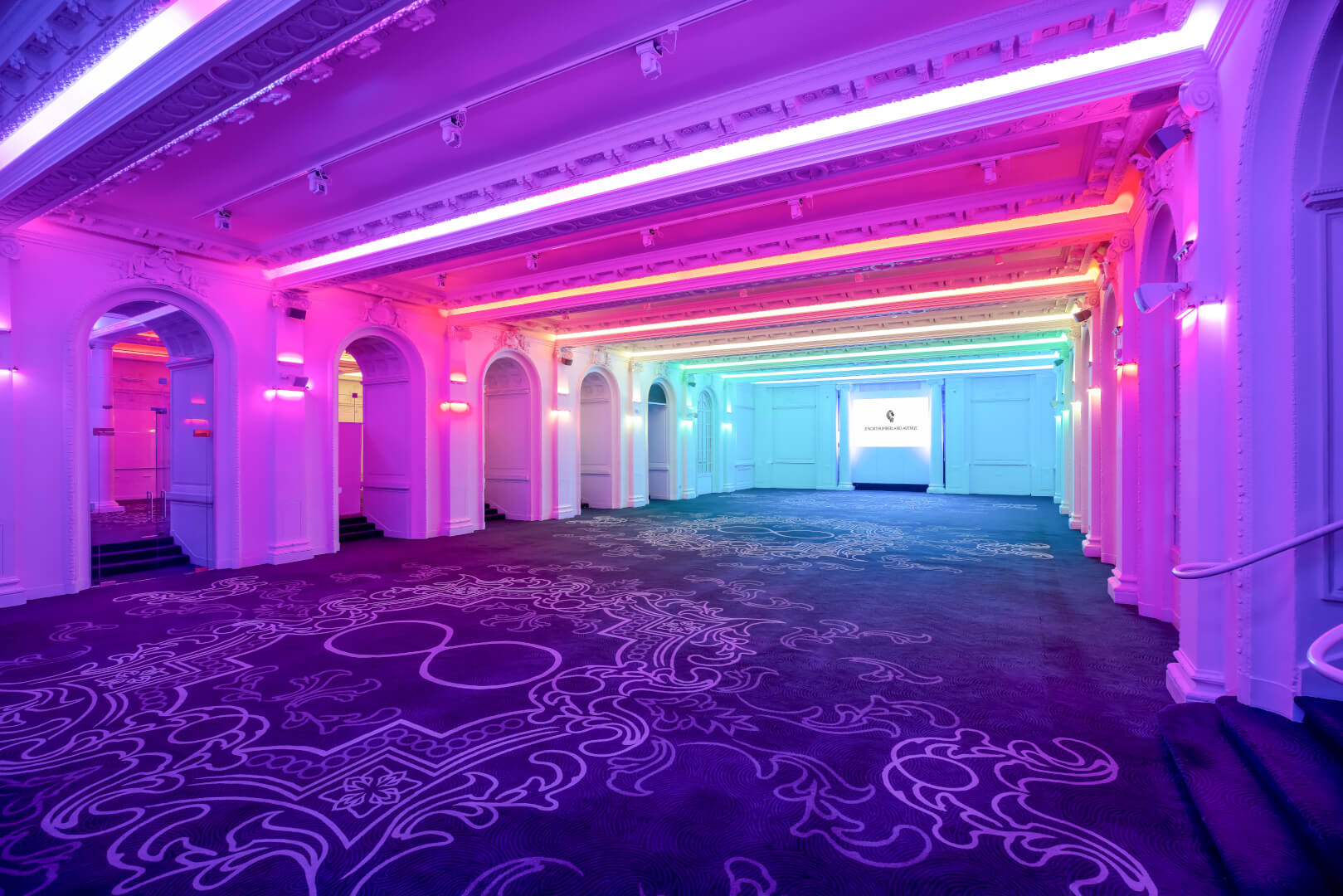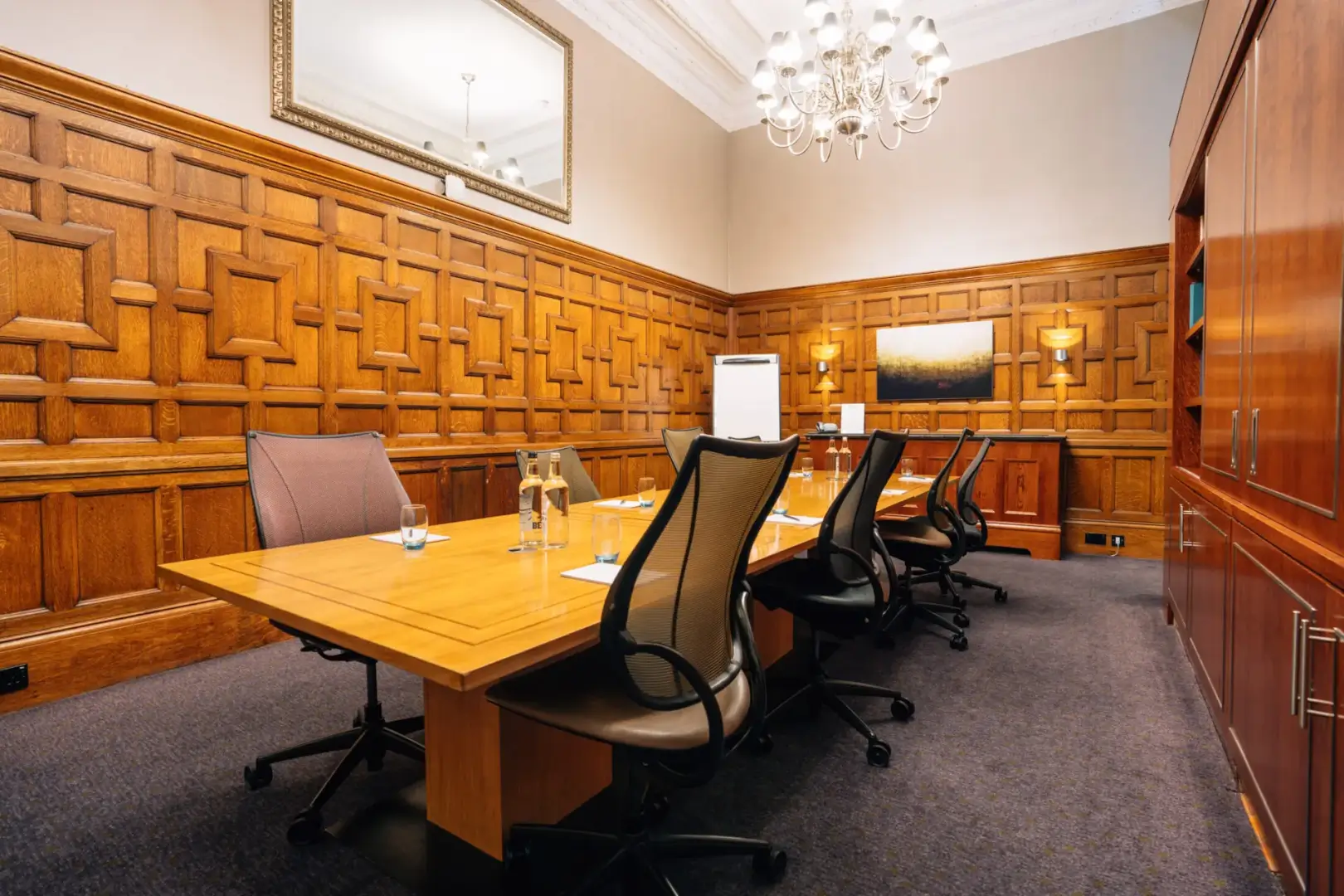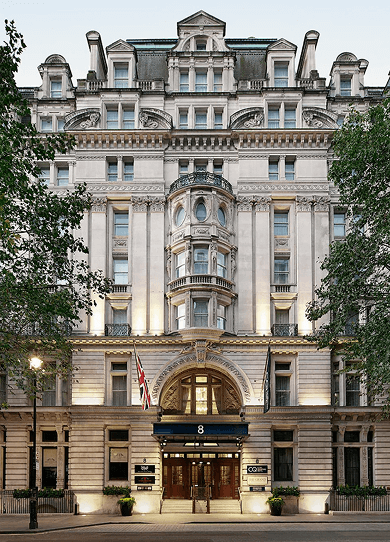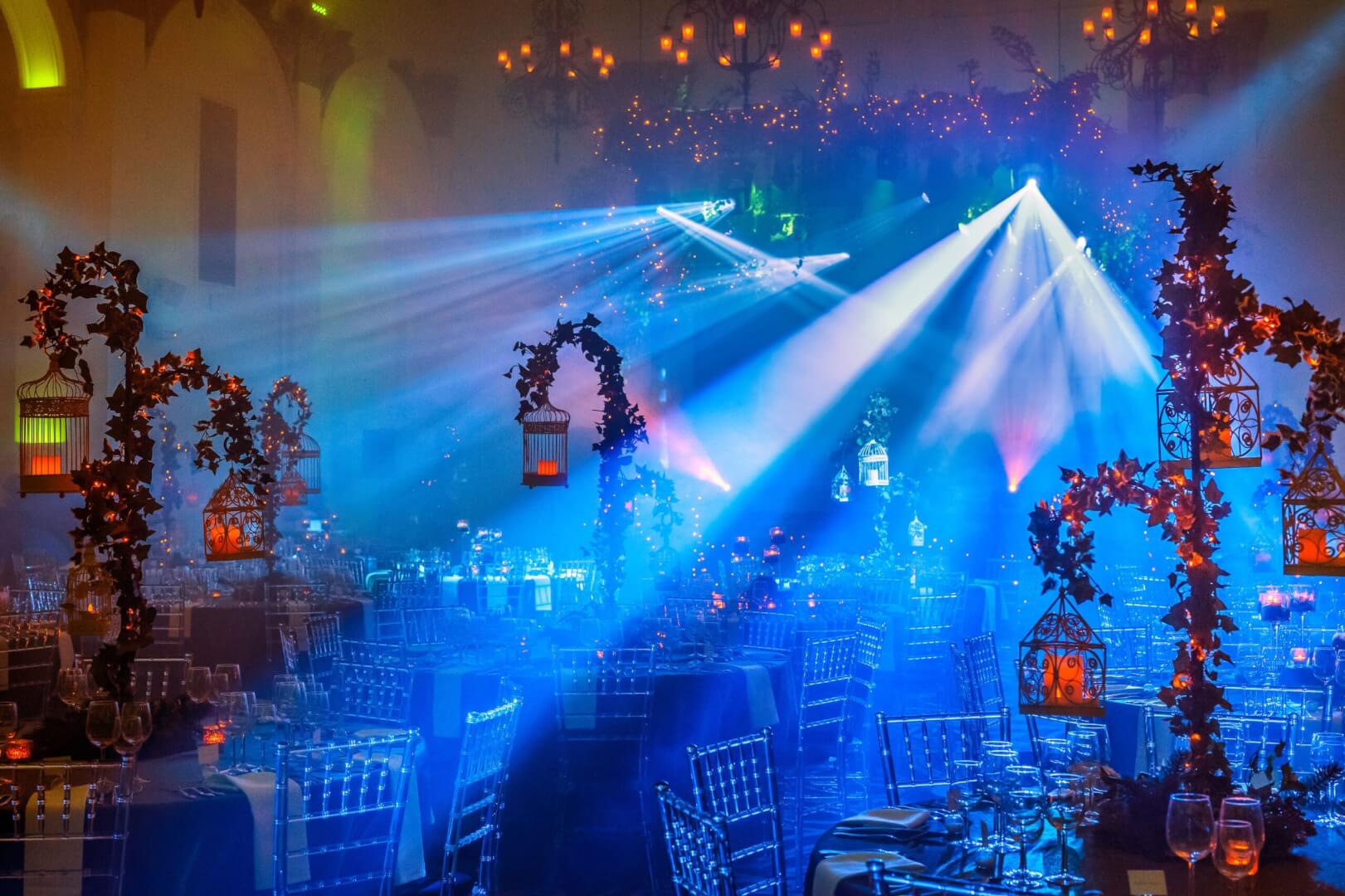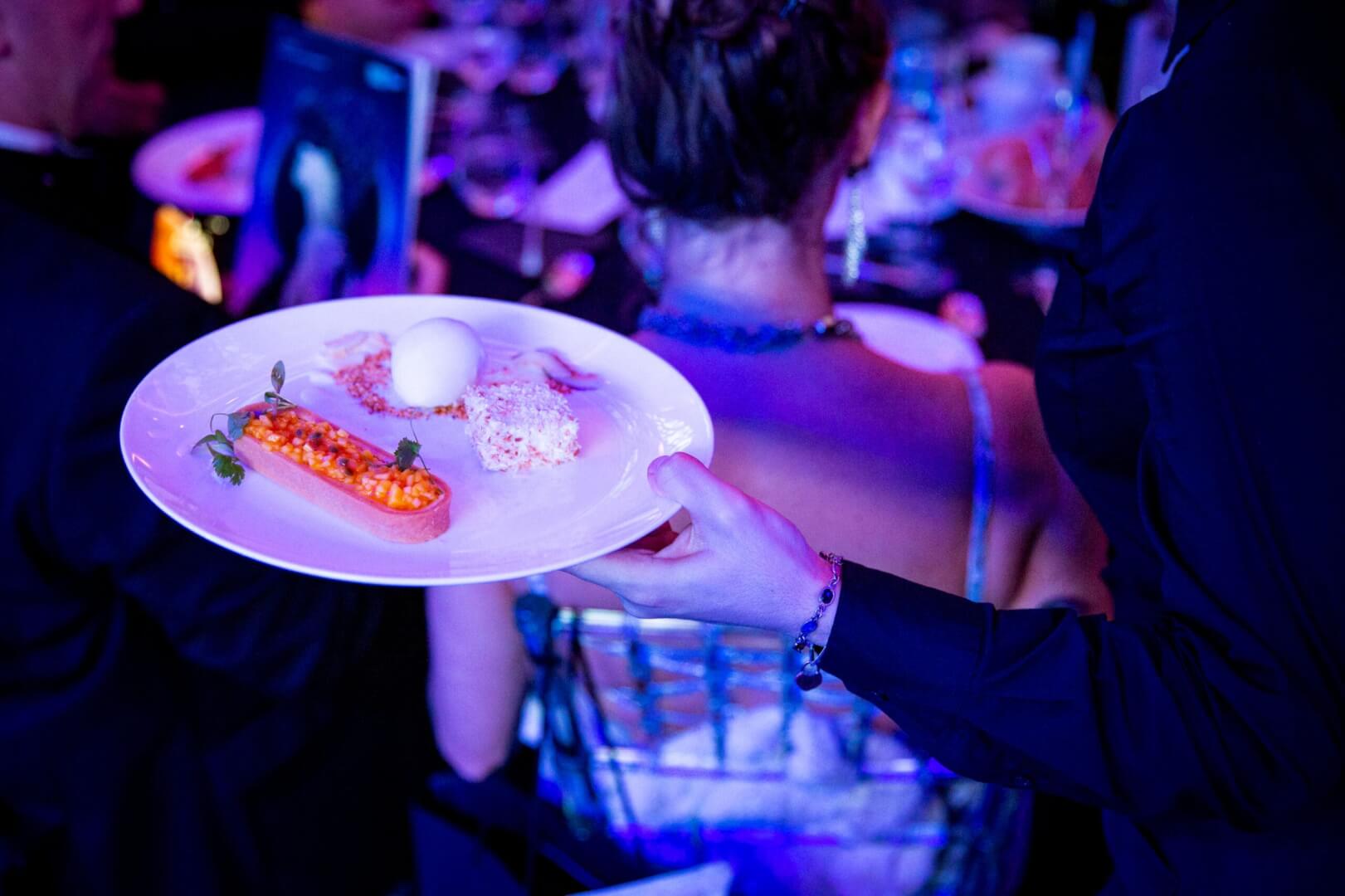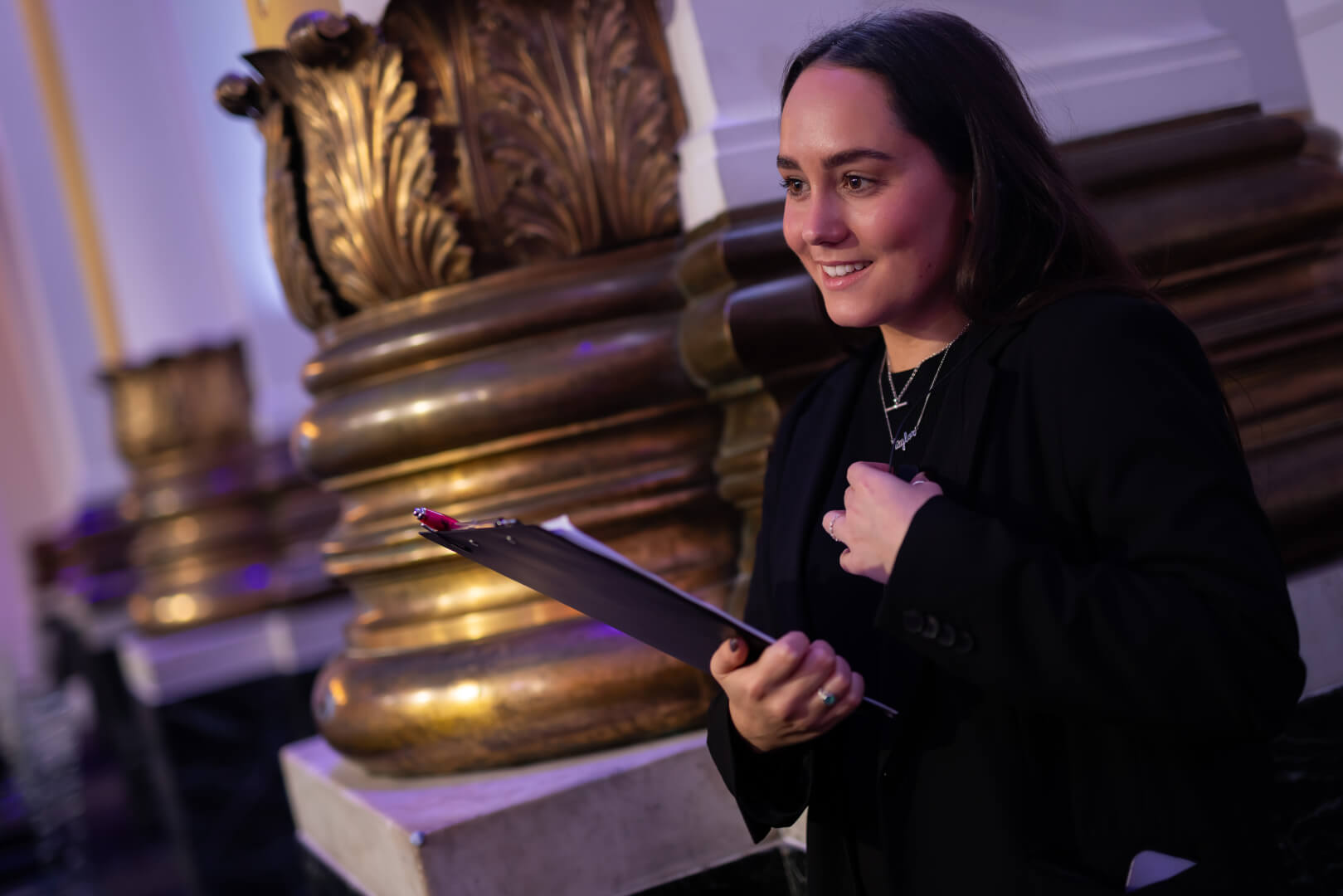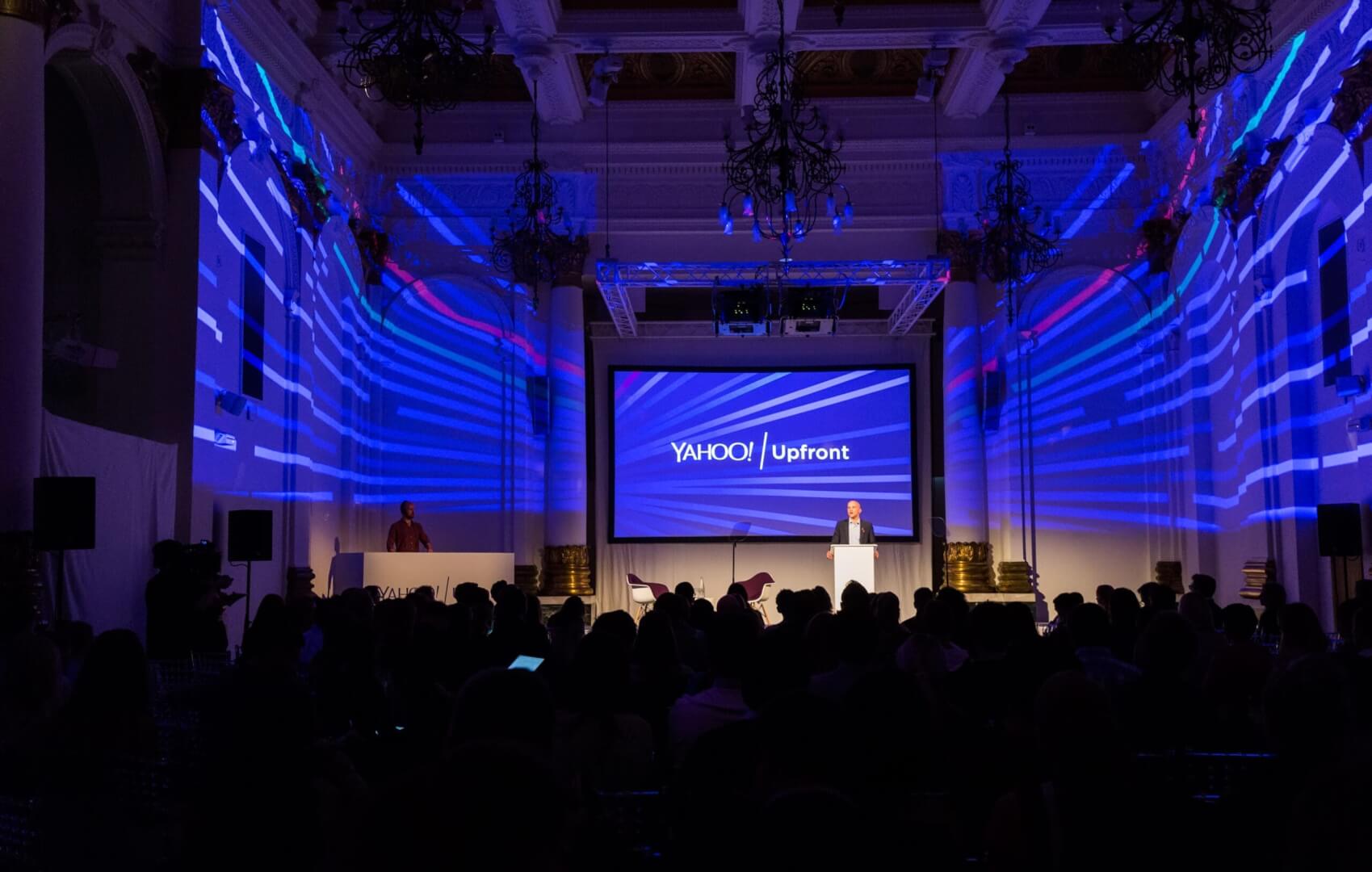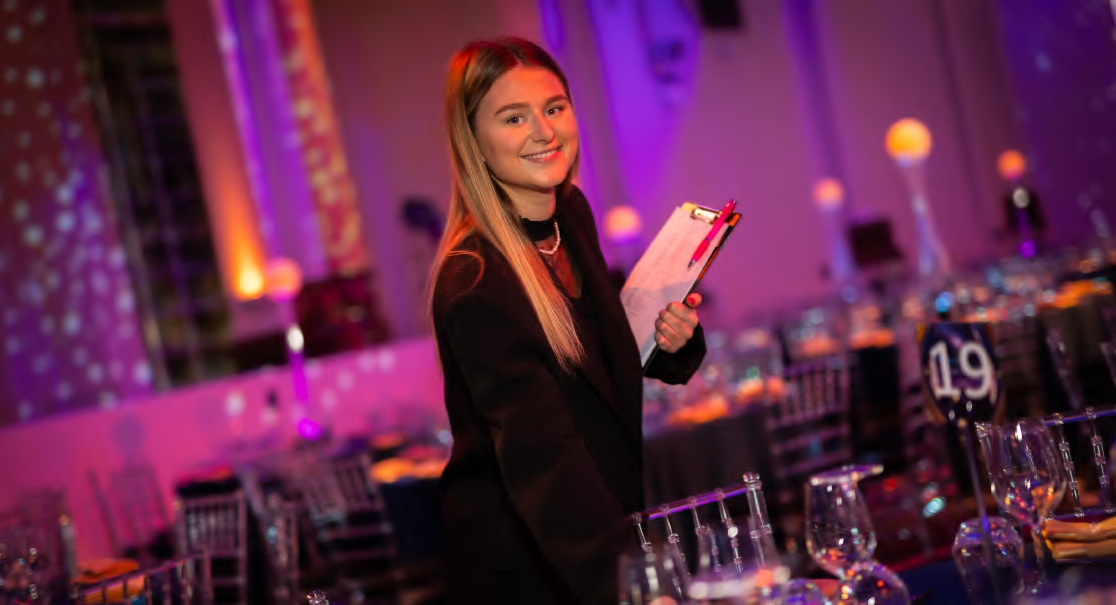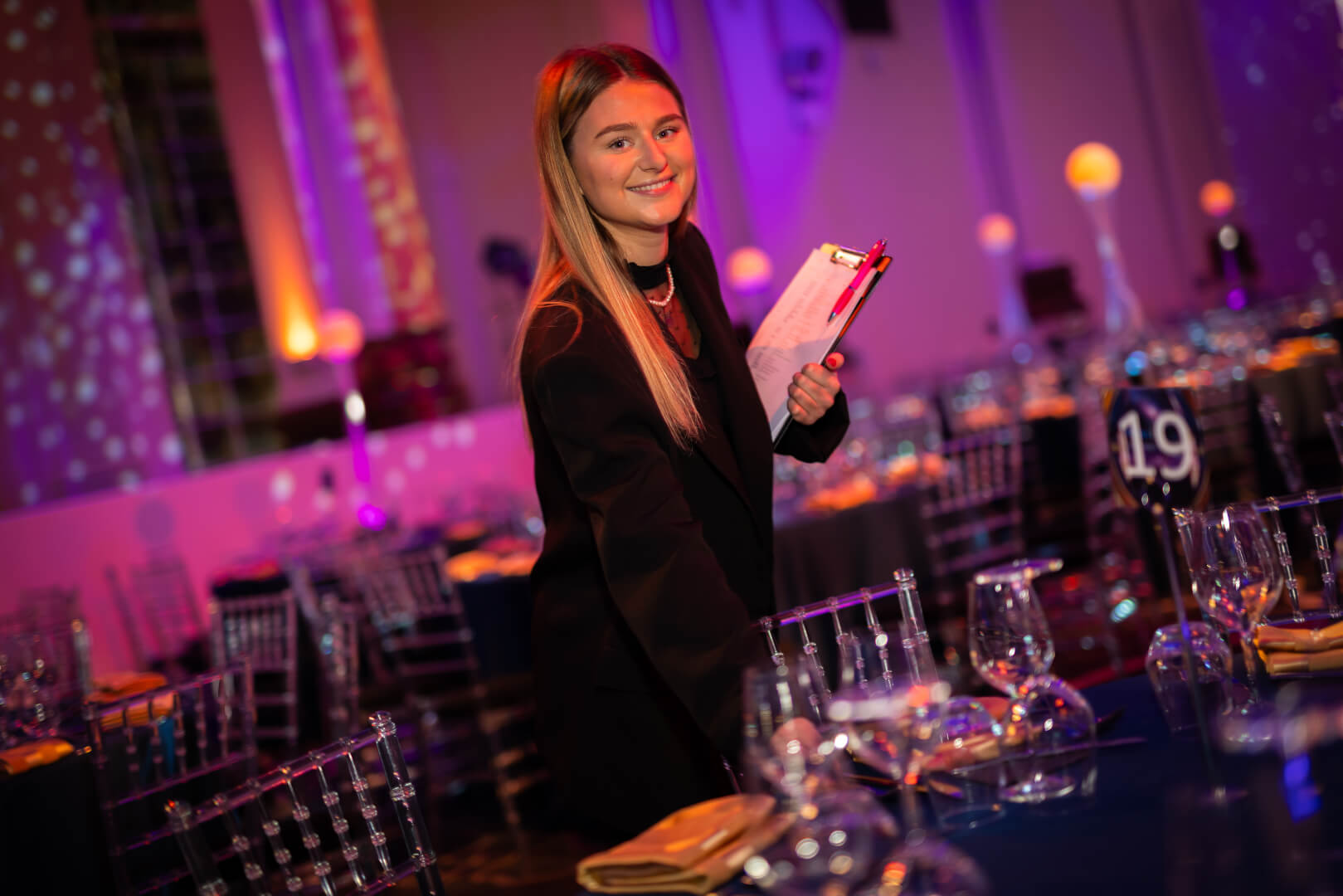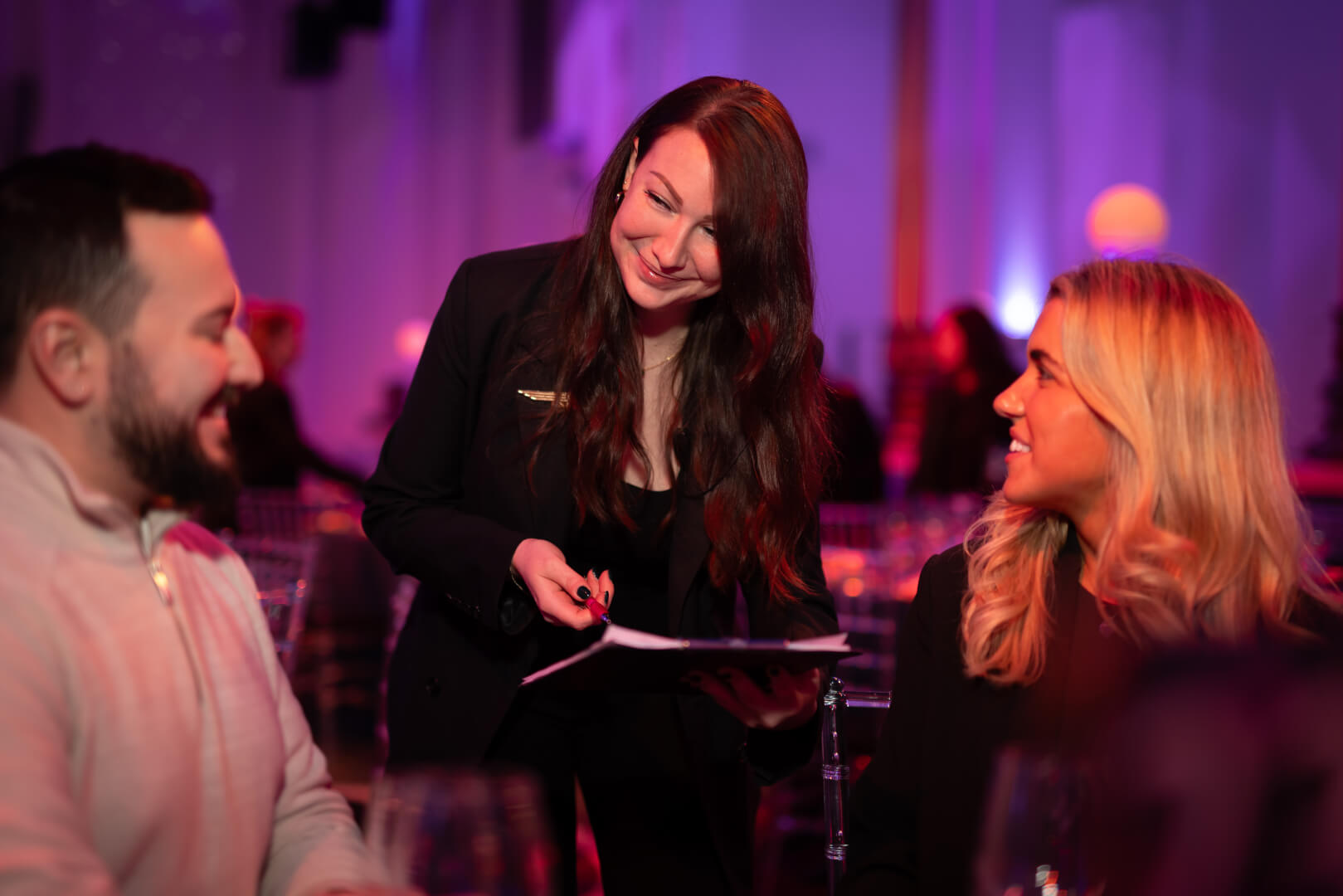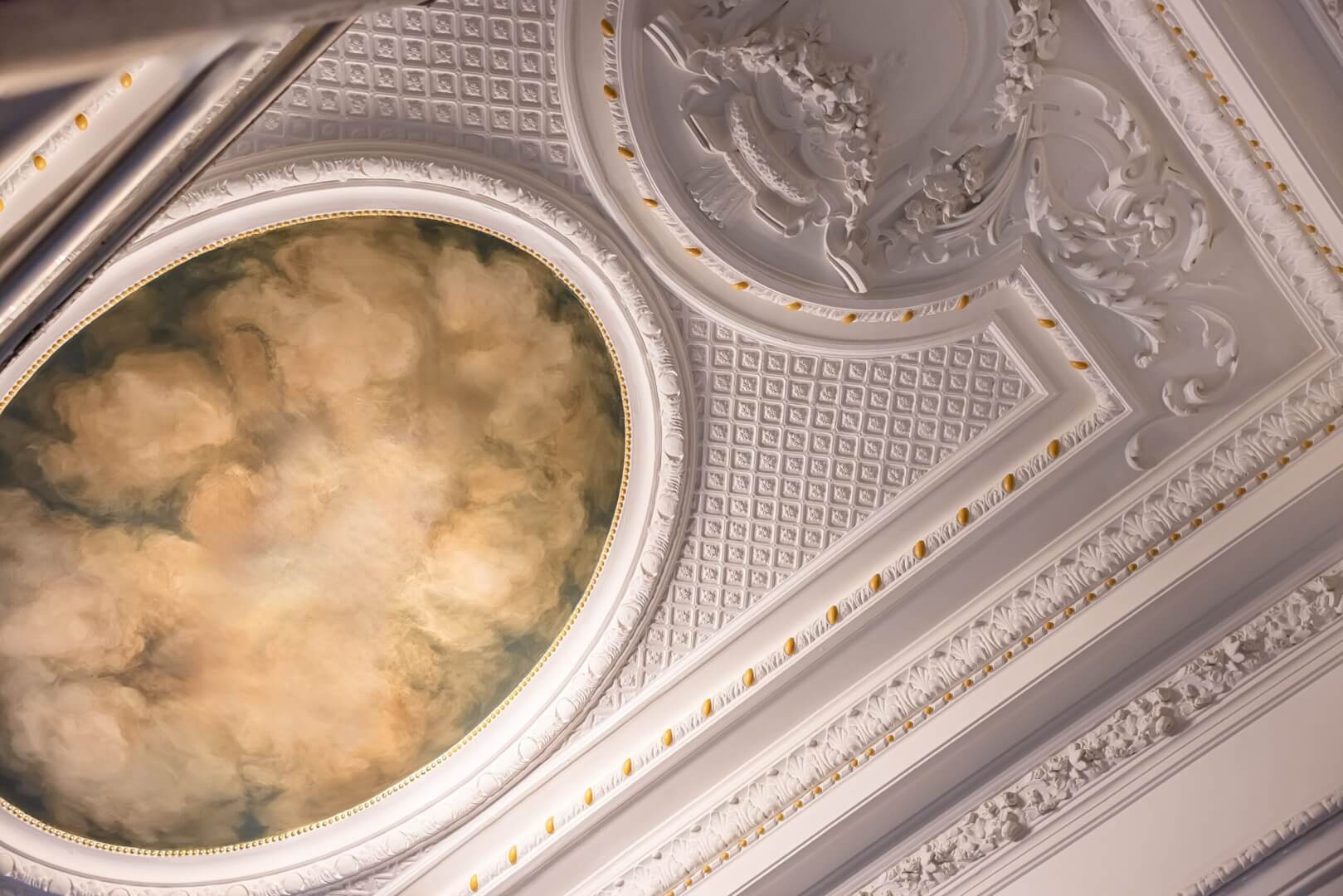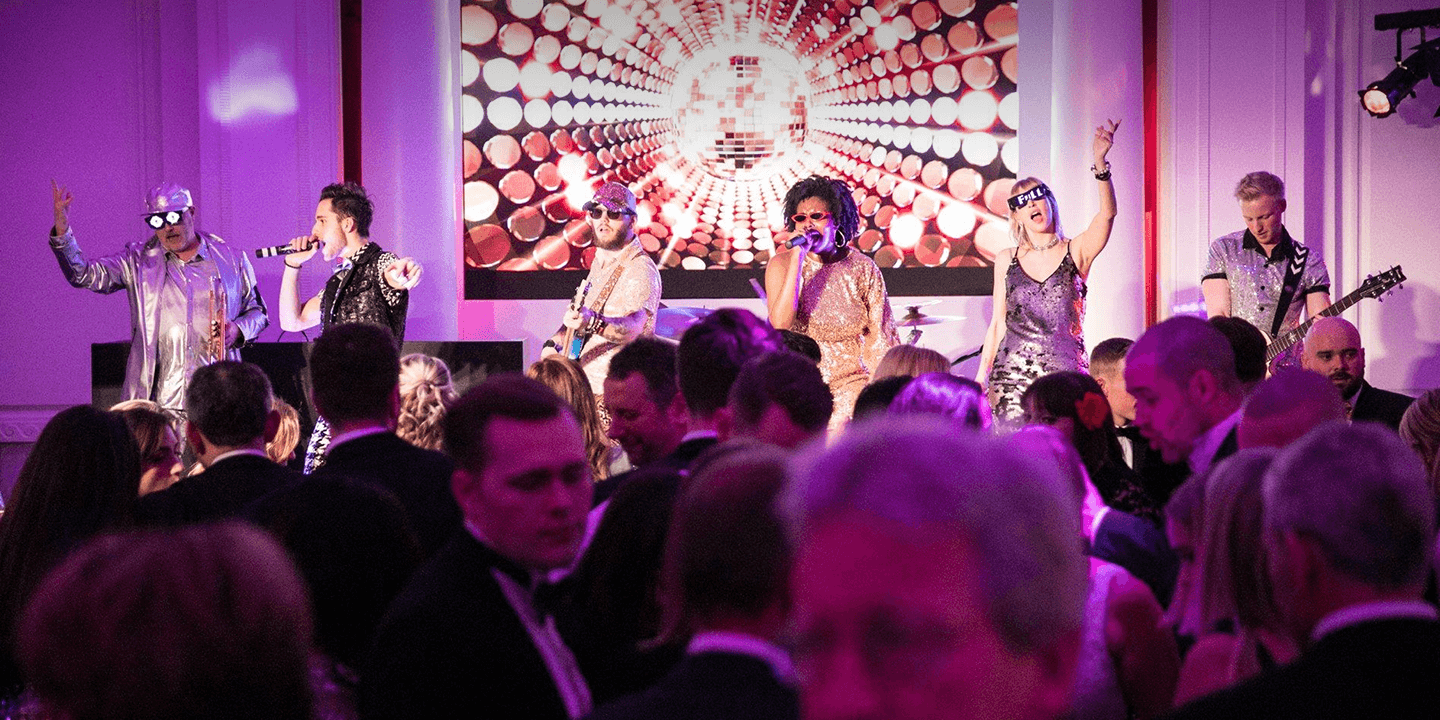London Venues lost to time and space
In one form or another, 8 Northumberland Avenue has been an event space in the centre of London for close to 150 years. But not every venue is so lucky. Once famous but now practically unknown, these four unique buildings were highly regarded London venues in their time. How many have you heard of?
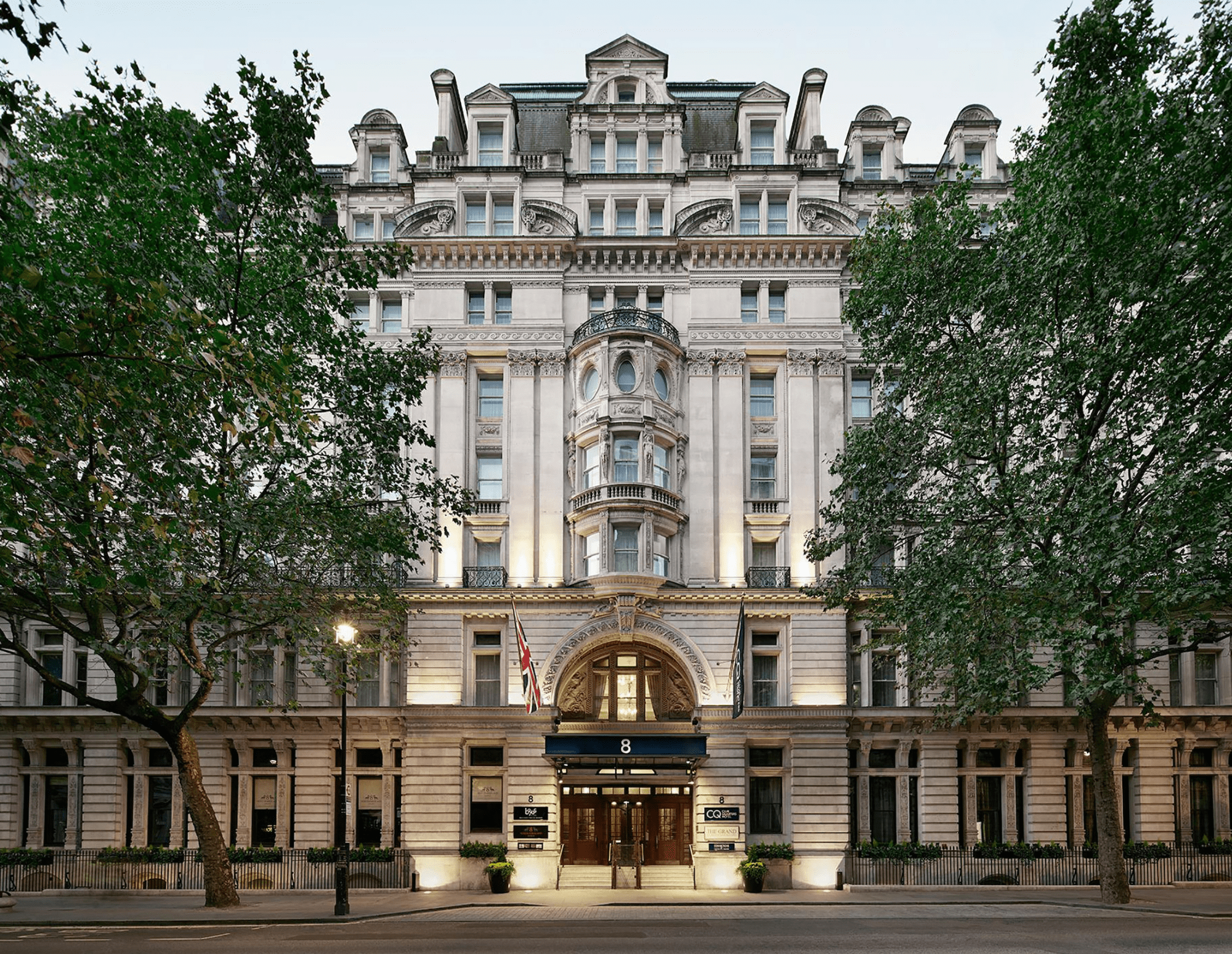
Crystal Palace was a cast-iron and plate-glass building that housed the Great Exhibition of 1851.
Why do you think it’s called Crystal Palace?
Approximately 1,000,000 square feet in size, the Crystal Palace displayed the latest technology from the Industrial Revolution, including the telegraph and vulcanised rubber. Located in Hyde Park, the event attracted over 6 million people during its lifetime and made £186,000 (£18 million in 2015) from those who visited the venue.
This money was used to found the Victoria and Albert Museum, Science Museum and Natural History Museum. When the exhibition ended, the building was moved to Sydenham Hill, where it burnt down in 1936 despite the valiant efforts of 89 fire engines and 400 firemen. The area is called Crystal Palace to this day.
The Carlton Hotel in 1899
Better than the Savoy
Considered one of the finest hotels in London during its time, the Carlton operated from 1899 to 1940. It was run by Cesar Ritz with Auguste Escoffier as head chef, respectively known as the “King of hoteliers” and “King of Chefs”. As a highly fashionable London event space, the Carlton Hotel regularly drew clients away from the Savoy until it was damaged by German bombing in 1940. The venue never reopened and is now the location of the New Zealand High Commission in London.
Egypt in London
Egyptian Hall – 170-173 Piccadilly in 1815
The Egyptian Hall was an exhibition venue in Piccadilly built in an ancient Egyptian style as a museum. Completed in 1812, it housed the collection of William Bullock, which included curiosities such as Napoleon’s carriage, taken from Waterloo. This unique venue was hired out several times over the next few decades, for art exhibitions, various entertainments and some of the very first film screenings ever shown. Demolished in 1905 to make space for a block of flats, the building now sits opposite the Burlington Arcade and houses a Starbucks.
The Royal Panopticon (circa 1853)
The Panopticon
The Royal Panopticon of Science and Art opened in 1854, in Leicester Square, with a royal charter. Attracting over a thousand visitors a day, the venue showcased some of the greatest achievements in science and art of the time and contained the largest organ in the world (now in St Pauls Cathedral). It closed in 1856 and became the Alhambra Theatre, which was itself demolished in 1936 to make way for the Odeon in Leicester Square, which still stands to this day. To come have a look around London’s most central venue, get in touch with our venue team.

